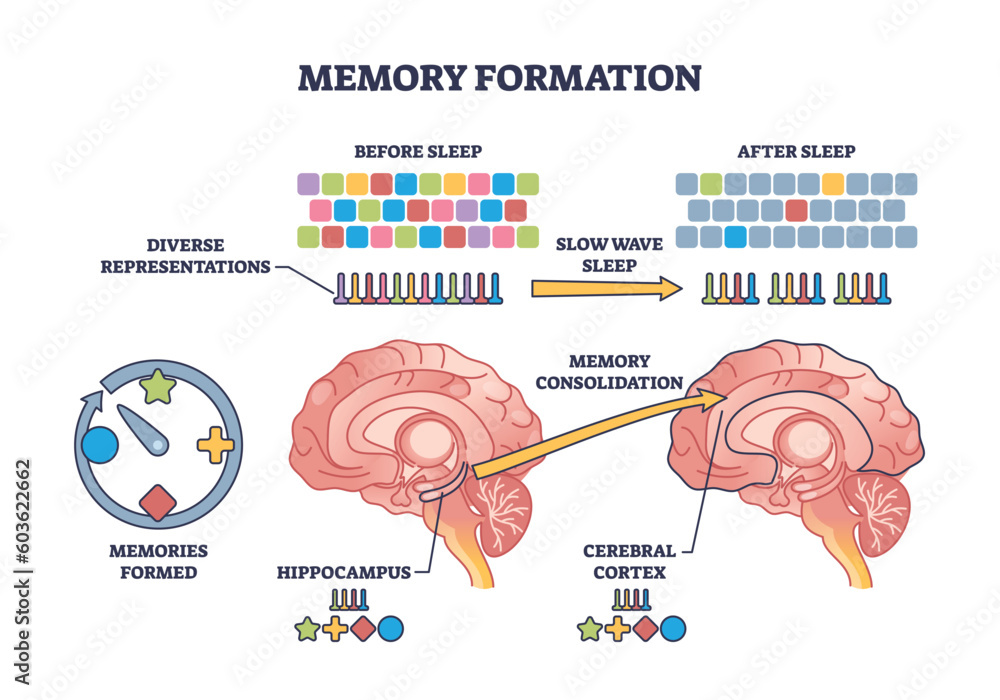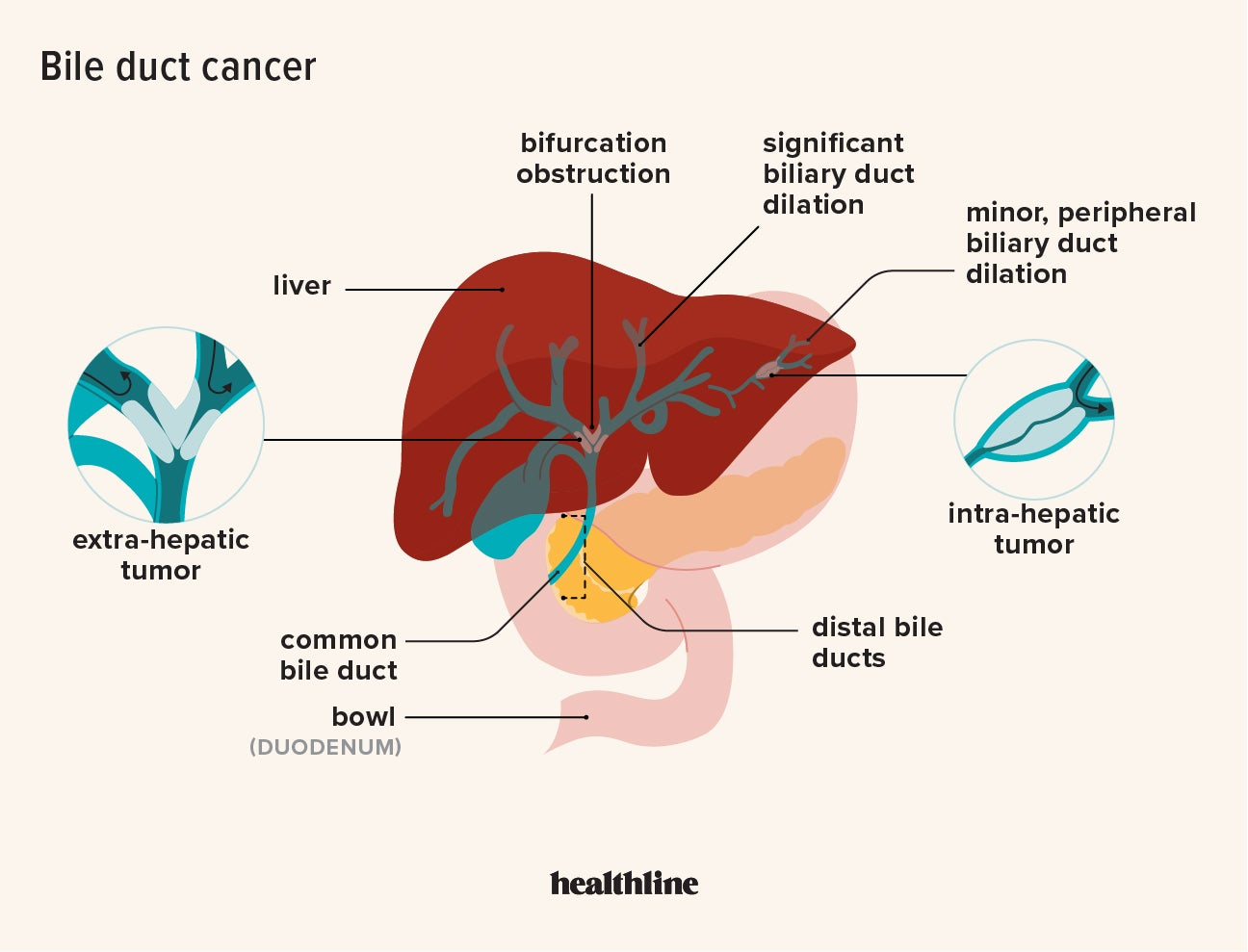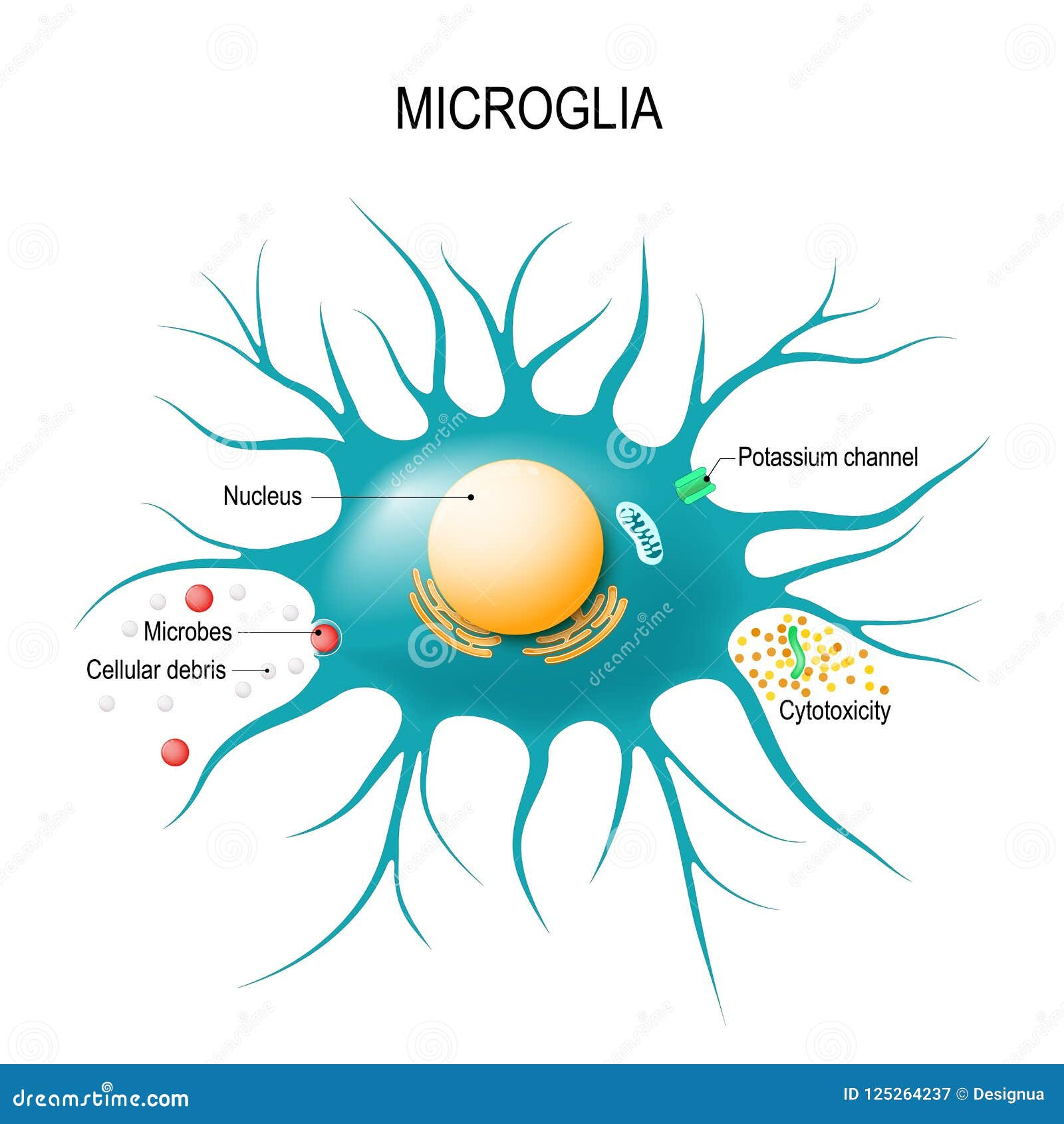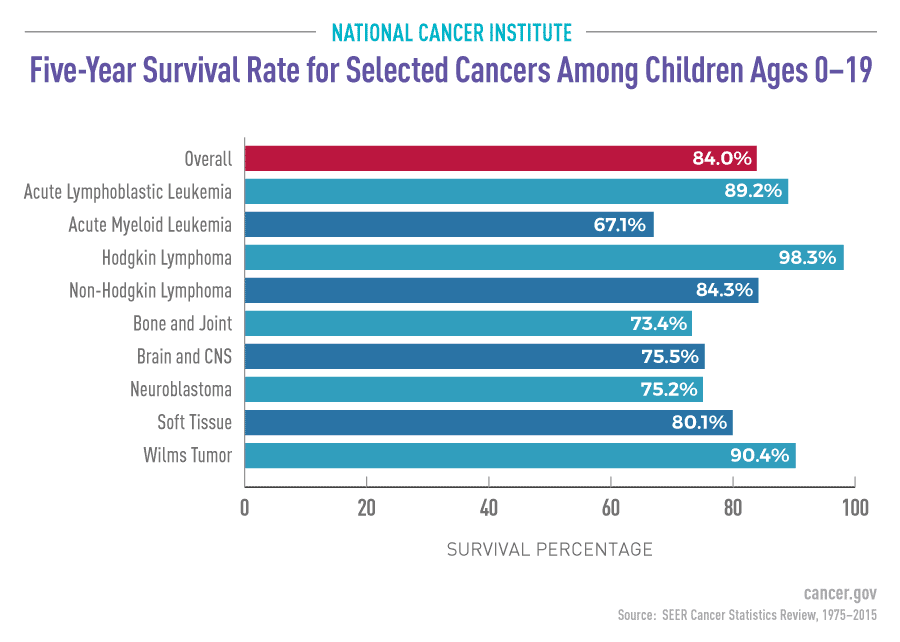
Memory formation is a complex and fascinating process that lies at the heart of human cognition and learning. Researchers at Harvard have recently unveiled a groundbreaking technique that sheds light on the molecular foundations of how we form memories, which could ultimately transform treatment approaches for neurological disorders, including dementia. This innovative method highlights the critical role of synaptic plasticity, the mechanism through which neurons strengthen their connections to facilitate learning. By mapping the intricate network of proteins responsible for these synaptic changes, scientists can now better understand the dynamic processes dictating memory formation. As groundbreaking findings continue to emerge from this research, they hold the promise of paving the way for revolutionary dementia treatment strategies that target the root causes of memory impairments.
The intricate art of creating and retaining memories, often referred to as memory development, plays a pivotal role in our cognitive capabilities and overall learning process. Recent advancements by a dedicated team from Harvard have unveiled a novel methodology that explores the intricate details surrounding the mechanisms of memory establishment, emphasizing its potential impact on addressing conditions such as dementia. This new investigative approach underscores the significance of synaptic adaptability, which allows brain cells to modify their interconnections in accordance with new information. By identifying and analyzing the various proteins implicated in these changes, researchers are gaining deeper insights into the complexities of memory architecture, which could lead to more effective therapies addressing memory-related disorders. With ongoing research, the aim is to further enhance our understanding of memory functions, potentially revolutionizing treatment options for those affected by cognitive impairments.
Understanding Memory Formation through Synaptic Plasticity
Memory formation is a complex process intricately linked to the concept of synaptic plasticity, which refers to the ability of synapses—the connections between neurons—to strengthen or weaken over time in response to increases or decreases in their activity. This phenomenon plays a crucial role not just in learning new information but also in how we recall memories. The Harvard researchers’ recent advances in mapping synaptic plasticity provide essential insights that could unravel the biological underpinnings of memory, enabling better understanding and potential treatments for memory-related disorders, such as Alzheimer’s disease.
At the heart of memory formation are the synaptic connections, which, thanks to innovative techniques like the Extracellular Protein Surface Labeling in Neurons (EPSILON), can now be studied in unprecedented detail. By visualizing and monitoring AMPAR proteins, the primary mediators of synaptic transmission, scientists can better understand how these connections are forged during specific learning experiences. This understanding not only enhances our comprehension of the brain’s mechanics but also opens avenues for therapeutic strategies aimed at ameliorating the cognitive decline observed in neurological disorders.
Innovative Techniques for Mapping Learning Processes
The innovative method introduced by the Harvard team revolutionizes the way researchers study the learning process. Using advanced techniques such as fluorescent labeling and high-resolution microscopy, they can map the intricate relationships between synaptic structures with extraordinary precision. The EPSILON technique permits scientists to observe real-time changes in protein dynamics at synapses, illuminating the often elusive mechanisms by which memories are created and retained. Such advancements are vital in translating basic research into practical applications that may improve dementia treatment.
By tracking the nuances of synaptic changes during learning processes, the researchers provide critical data that may lead to the development of targeted therapies for various neurological disorders. This approach is not only applicable to conditions like Alzheimer’s disease but could also extend to other cognitive impairments linked to synaptic dysfunction. The insights gleaned from observing synaptic plasticity in action pave the way for innovations in therapy that aim to enhance cognitive function and memory retention.
Unraveling Neurological Disorders Through Memory Research
The connection between memory research and neurological disorders is becoming increasingly clear as innovative techniques like EPSILON shed light on the complexities of synaptic functioning. Disorders such as dementia are characterized by synaptic failure and memory loss, and understanding the foundational processes of memory formation provides a pathway to developing more effective treatments. By leaving no stone unturned, researchers can investigate the specific synaptic pathways that become compromised in diseases such as Alzheimer’s.
Insights garnered from memory experiments lead to better therapeutic targets by revealing how alterations in synaptic functioning contribute to cognitive decline. For instance, identifying how synaptic plasticity varies in individuals with dementia can help researchers design interventions that not only address the symptoms of the disease but also target the root cause of synaptic dysfunction. Such therapeutic advancements could substantially improve the quality of life for those afflicted by these debilitating disorders.
The Role of Harvard Research in Advancing Memory Science
Harvard’s commitment to pioneering research techniques contributes significantly to our understanding of memory and synaptic biology. The work conducted by Adam Cohen and his team exemplifies how rigorous scientific inquiry can lead to breakthrough discoveries in the field of neuroscience. By concentrating efforts on the molecular mechanisms of memory formation, the researchers are laying the groundwork for future exploration of cognitive disorders. Their findings not only enhance academic knowledge but also hold promise for real-world applications in medicine.
The collaboration between various experts, including the support from the Howard Hughes Medical Institute, amplifies the impact of their research significantly. By pooling resources and expertise, these institutions foster a thriving environment for innovation in memory science. This collective effort ensures that findings related to synaptic plasticity and memory formation can be shared globally, paving the way for collaborative efforts to tackle neurological disorders worldwide.
Implications of Synaptic Dynamics for Dementia Treatment
Understanding synaptic dynamics is critical for designing effective dementia treatments, as it sheds light on how memories are impacted by the disease. The intricacies revealed by the EPSILON technique can direct future research towards identifying specific synaptic alterations associated with dementia. This knowledge can guide the development of strategies aimed at enhancing synaptic efficacy, which may help restore cognitive functions in affected individuals.
Moreover, by establishing links between synaptic plasticity and cognitive functions, the research can lead to preventative measures that mitigate the risks associated with neurodegenerative diseases. Therapies that target synaptic health may not only treat existing conditions but also reduce the likelihood of developing dementia, thus altering the trajectory of diseases that afflict millions globally.
Exploring Synaptic Mechanisms Behind Learning and Memory
The exploration of synaptic mechanisms behind learning and memory is integral to understanding how our brains adapt to new information. The detailed observations made possible by cutting-edge techniques allow researchers to trace the specific pathways that neurons utilize when forming new memories. By pinpointing which proteins are involved in synaptic modifications, such as AMPARs, scientists can articulate a clearer picture of the biological processes underlying memory creation.
This newfound clarity surrounding synaptic behavior provides fertile ground for innovative approaches in educational strategies and cognitive therapies. For instance, if certain patterns of synaptic activation are correlated with enhanced learning outcomes, these insights could shape educational methods to optimize memory retention. Additionally, this knowledge empowers clinicians to devise training exercises to strengthen synaptic connections in individuals experiencing cognitive decline.
How EPSILON Enhances Knowledge of Neuronal Communication
The EPSILON technique represents a quantum leap in our ability to observe neuronal communication in real-time, allowing researchers to discern how signals are transmitted across synapses. By examining the dynamics of specific proteins involved in these processes, scientists can gain insights into the subtleties of synaptic plasticity. This method opens doors for a detailed understanding of how memories are formed and stored, which is invaluable for exploring cognitive functions.
Furthermore, enhancing our knowledge of neuronal communication via EPSILON reveals the potential for developing new therapeutic strategies targeting synaptic dysfunction in neurological disorders. By focusing on the fundamental processes of synaptic signaling, researchers can identify where interventions might be most effective, leading to potential advancements in treatments for conditions such as Alzheimer’s.
Collaborative Efforts in Memory Research at Harvard
The collaborative efforts at Harvard, involving various scientists and students, demonstrate the power of teamwork in advancing memory research. The diverse expertise of its researchers allows for multi-faceted exploration of complex neurological challenges. This environment fosters innovation, encouraging interdisciplinary dialogues that can lead to holistic approaches in understanding memory and its disorders.
As teams work together using cutting-edge technologies like EPSILON, the potential for groundbreaking discoveries amplifies. The collaborative spirit nurtured at Harvard not only aids in addressing individual research questions but also contributes to a broader understanding of cognitive function across disciplines, leading to advancements that could eventually transform dementia treatment.
The Future of Memory Research: Insights and Innovations
The future of memory research appears promising with innovative methodologies like EPSILON paving the way for deeper insights into the workings of the human brain. Researchers are now capable of identifying specific protein interactions that influence memory formation and recall. As they continue to unravel these intricate processes, researchers hope to uncover novel therapeutic approaches that can enhance cognitive function and treat memory disorders.
Moreover, the implications of these research advancements extend beyond the treatment of existing neurological conditions. By understanding how memory formation operates at a molecular level, researchers can contribute to a more proactive approach to brain health. Developing strategies to strengthen memory and cognitive abilities could empower individuals to maintain cognitive function throughout their lives, ultimately impacting public health positively.
Frequently Asked Questions
How does synaptic plasticity contribute to memory formation?
Synaptic plasticity is essential for memory formation as it involves the strengthening and modulation of connections between neurons. This process allows the brain to adapt and reorganize itself in response to new information, enabling the creation and retention of memories.
What is the role of AMPARs in the learning process and memory formation?
AMPARs, or AMPA Receptors, are vital proteins that facilitate communication between neurons at synapses. They play a critical role in synaptic plasticity, which is the underlying mechanism of learning and memory formation, as they help strengthen or weaken synapses depending on experiences.
How can insights from Harvard research improve dementia treatment?
Research from Harvard, particularly the development of the EPSILON technique, has unveiled new ways to map the molecular basis of memory formation and synaptic plasticity. This knowledge may lead to innovative therapies for treating dementia by targeting the underlying synaptic dysfunction associated with the disease.
What methods did researchers use to study memory formation at the synaptic level?
The researchers developed a groundbreaking technique called Extracellular Protein Surface Labeling in Neurons (EPSILON), which combines fluorescent labeling with advanced microscopy. This method allows for high-resolution observation of synaptic behavior, crucial for understanding how memories are formed at the molecular level.
What potential does the EPSILON technique hold for studying neurological disorders?
The EPSILON technique provides unprecedented insights into synaptic plasticity and memory formation, which could be pivotal in studying neurological disorders. By mapping synaptic changes and their correlation with memory, researchers may identify novel treatment routes for conditions like Alzheimer’s disease.
How does mapping synaptic plasticity aid in understanding the learning process?
Mapping synaptic plasticity enables researchers to observe historical patterns of synaptic changes during memory formation. By understanding which synapses strengthen or weaken, scientists can decipher the rules governing the learning process and how memories are encoded.
What findings emerged from applying EPSILON to contextual fear conditioning in mice?
By applying the EPSILON technique to study contextual fear conditioning in mice, researchers found a correlation between AMPAR trafficking and the expression of cFos, a gene marker indicative of neuron activation. This suggests that AMPARs are closely linked to the enduring memory traces in the brain.
What significance does the study of synaptic architecture hold for future cognitive research?
Understanding the synaptic architecture of memory through advanced techniques like EPSILON opens new avenues for cognitive research. It allows scientists to explore the dynamics of synaptic interactions related to different types of memories and potentially develop strategies to enhance cognitive function.
| Key Point | Details |
|---|---|
| EPSILON Technique | A new method mapping proteins crucial for synaptic signaling, enabling detailed study of memory formation. |
| Significance of Synapses | Synaptic plasticity is essential for learning and memory, with synapses acting as junctions for neuron communication. |
| Research Team | Led by Adam Cohen, involving Harvard lab members and scientists from Howard Hughes Medical Institute. |
| Findings on AMPARs | The research showed AMPAR trafficking is linked to memory engrams, indicating its crucial role in memory retention. |
| Future Implications | The EPSILON tool may enhance therapeutic strategies for memory impairments, such as dementia. |
Summary
Memory formation is a complex process that involves intricate synaptic interactions in the brain. Through groundbreaking research using the EPSILON technique, scientists are uncovering the molecular architecture behind learning and memory. This innovative method provides unprecedented insights into synaptic plasticity, enabling a better understanding of memory mechanisms. As the research progresses, it holds the potential to develop new therapies for cognitive disorders like dementia, highlighting the critical role of foundational science in improving human health.





